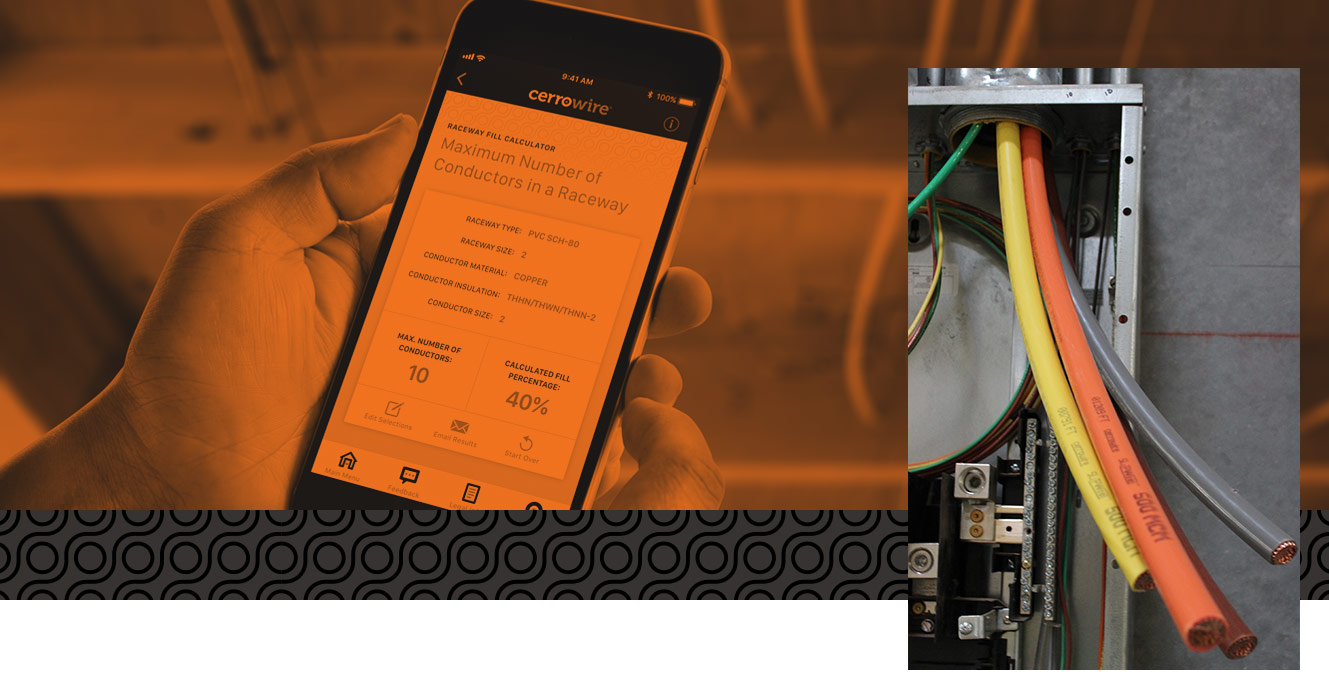beatle
Active Member
1. Ah, I thought the HPWC also needed the breaker. My receptacle was for my recently decommissioned arc welder anyway...
2. Wow, I see the cost of wire has more than doubled since I did an install. Looks like a roll of 6/2 is ~$125 and 6/3 is ~$250. Sheesh.
3. I'd agree with that if you're actually going to be plugging/unplugging the UMC frequently, but if this is the equivalent of a HPWC install that is semi-permanent (and it is) then it won't be messed with any more than your stove which doesn't need such a pricey receptacle.
4. I took this for granted since the 14-50 came with my car. If you buy a second UMC, you can buy whatever adapters you need which may or may not include a 14-50.
5. I had access to a 3d printer so this was negligible, though I'd need the remote holder for the handle either way since my receptacle is at one end of the garage and the charge port is at the other. These are nice: Tesla Charge Holder - Mobile Connector Bracket by hamiltont and Tesla Mobile Charger Holder by Cantyoudobetter
So the cost is not as black and white anymore as before the wiring cost shot up and before someone decided that EVs were different than RVs. Still having the freedom to replace a faulty connector is worth something, as is the ability to sell it and leave a receptacle if/when the time comes to move on.
2. Wow, I see the cost of wire has more than doubled since I did an install. Looks like a roll of 6/2 is ~$125 and 6/3 is ~$250. Sheesh.
3. I'd agree with that if you're actually going to be plugging/unplugging the UMC frequently, but if this is the equivalent of a HPWC install that is semi-permanent (and it is) then it won't be messed with any more than your stove which doesn't need such a pricey receptacle.
4. I took this for granted since the 14-50 came with my car. If you buy a second UMC, you can buy whatever adapters you need which may or may not include a 14-50.
5. I had access to a 3d printer so this was negligible, though I'd need the remote holder for the handle either way since my receptacle is at one end of the garage and the charge port is at the other. These are nice: Tesla Charge Holder - Mobile Connector Bracket by hamiltont and Tesla Mobile Charger Holder by Cantyoudobetter
So the cost is not as black and white anymore as before the wiring cost shot up and before someone decided that EVs were different than RVs. Still having the freedom to replace a faulty connector is worth something, as is the ability to sell it and leave a receptacle if/when the time comes to move on.



